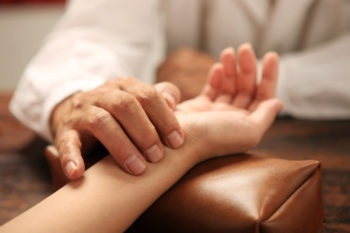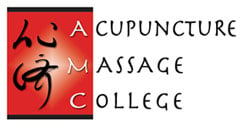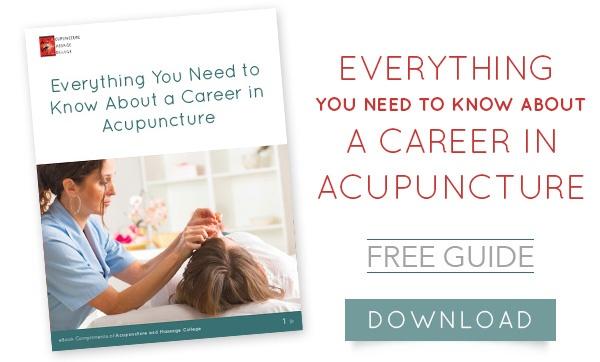 Traditional Chinese Medicine (TCM) is a comprehensive medical health care system comprised of a range of traditional therapies including, but not limited to: Acupuncture, acupressure, moxibustion, herbal medicine, nutrition, tui na massage and exercises (tai chi and qigong).
Traditional Chinese Medicine (TCM) is a comprehensive medical health care system comprised of a range of traditional therapies including, but not limited to: Acupuncture, acupressure, moxibustion, herbal medicine, nutrition, tui na massage and exercises (tai chi and qigong).
The history of TCM
TCM in an ancient practice — it has been used in Asia for more than 2,000 years. Chinese immigrants began practicing traditional Chinese medicine in the United States as early as the 1820s, but many Americans only became aware of TCM through the practice of acupuncture during the 1970s. Today, acupuncture and other TCM practices are mainstream alternative medicine therapies. Many people integrate TCM into their health care, even if they also use conventional Western medical therapies as well. Demand for and spending on TCM services is growing every year, along with the need for practitioners to deliver them.
How Western medicine differs
In contrast to the Western anatomical model, which views the body as individual parts, the TCM model instead emphasizes the body’s functions. TCM is based on the concept that the human body contains a set of interconnected systems that maintain healthy function through the balance of yin and yang, or opposing energies, and the natural flow of qi, the body’s vital energy.
When yin and yang are out of balance or there is an imbalance or blockage of qi flow through the body’s energy pathways — also called meridians — your health is adversely affected. Disease in TCM theory is caused by external or environmental factors, emotions and lifestyle habits, such as poor nutrition.
TCM emphasizes a holistic approach to understanding normal function and disease processes, and focuses on prevention as well as treatment of illness.
Diagnosis and treatment methods
TCM diagnostics are based on symptom observation. The practitioner uses TCM therapies to rebalance yin and yang by restoring the natural flow of qi. Traditional Chinese medicine also tailors therapy to harmonize emotions, the jing (essence) and the spirit (shen).
Good health is achieved by maintaining the body in a balanced state. Disease is a sign of an imbalance of yin and yang, and disease-related imbalances could be due to excess or deficiency of yin or an excess or deficiency of yang. Chronic illness is yin dominance, while acute illness is yang dominance. TCM focuses on treating the underlying causes of the imbalance as well as the disease symptoms.
Based on the four pillars of diagnoses, individualized treatment can consist of acupuncture, Chinese herbs and tui na to correct imbalances and restore health. Diagnosis and treatment are conducted with reference to models of the body and other principles of TCM, including: The five essential substances, zang fu theory (organ syndromes), the meridian system and the flow of qi, and additional methods that further differentiate energetic imbalances, syndromes, symptom patterns and the nature of a patient’s condition.
Through its various techniques, which are also called modalities, TCM enhances the body’s natural healing abilities. Some of the many conditions TCM is used to treat include:
• Acute and chronic pain conditions
• Stress
• Sleep disorders
• Arthritis
• Addiction
There are more than 50 Oriental medicine training programs in the United States through which students can learn how to practice traditional Chinese medicine.
The Acupuncture & Massage College offers a Master’s Degree in Oriental Medicine program and a Massage Therapy certificate program with a Shiatsu specialization. For more program information and information about enrolling, contact admissions here or call (305) 595-9500.

 (305) 595-9500
(305) 595-9500







